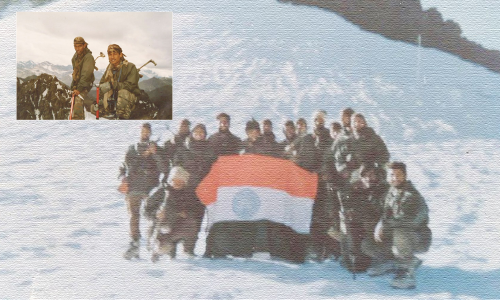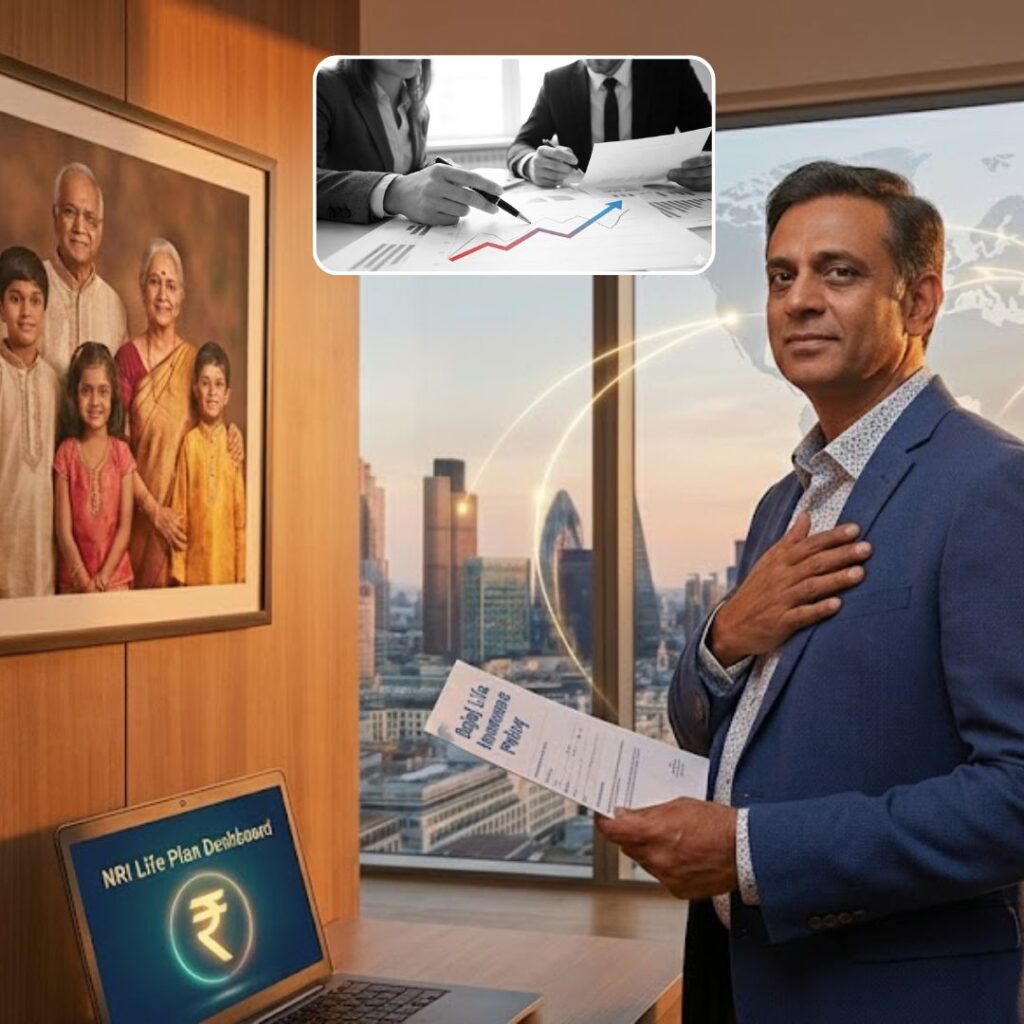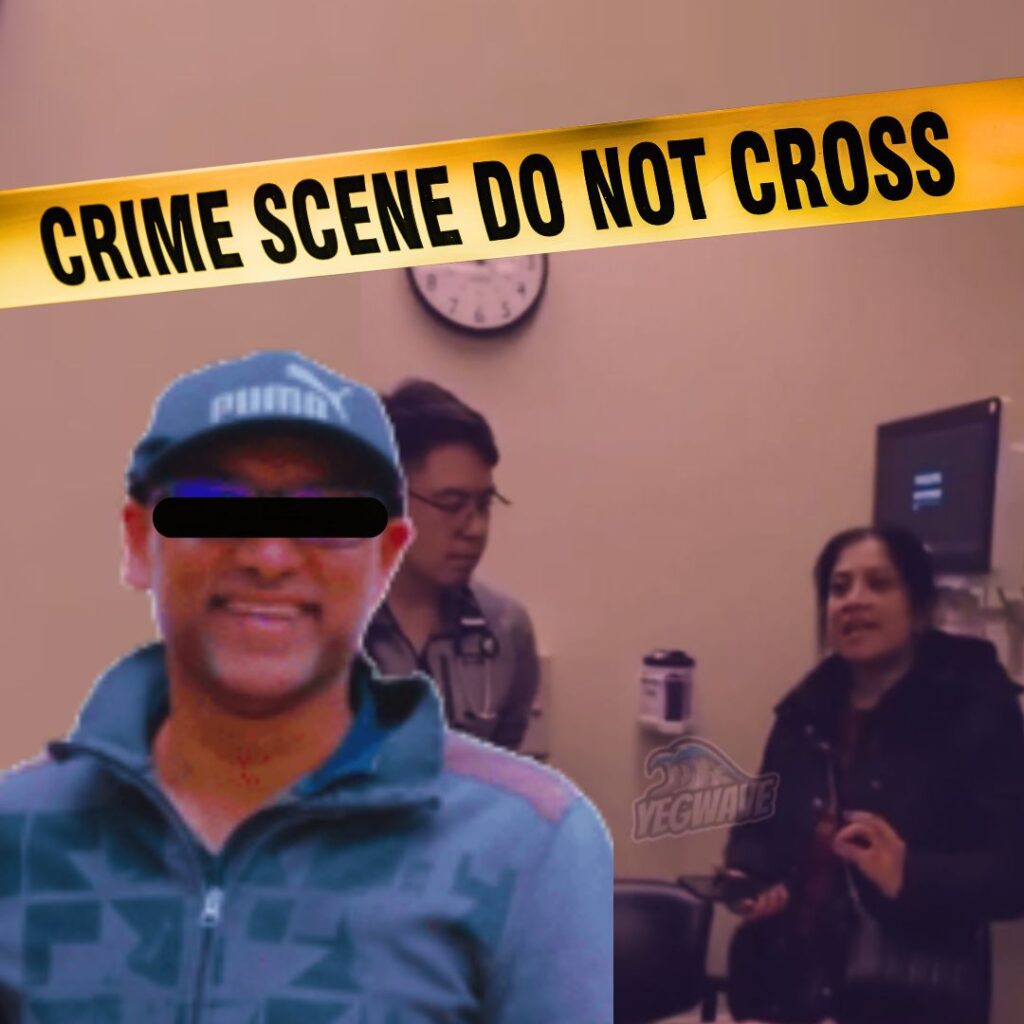As a young cadet at Sainik School, Kazhakootam, Thiruvananthapuram, I always knew that I wanted to be a soldier. I was in my school’s football team, and an avid cyclist in college. Physical activity and practical challenges had always attracted me much more than sitting around in the classroom, listening.
There was one mentor I looked up to in particular – Captain Paul Bastine, a friend of the family, infantryman in the Jat Regiment, and my ‘big brother’ – apart from being the namesake of my real brother. As a Para Commando, a member of 9 Para SF (the 9th regiment of the Para Commandos – an Elite Special Forces unit of the Indian Army, Captain Bastine specialised in deep sea diving and passed away on a fateful day while carrying out an underwater feat. The incident crystallised mydesire to make it to 9 Para SF myself.
Eventually, I volunteered for the Para Commandos and made it through the gruelling selection procedures. My Commanding Officer, aware of my, tossed me his maroon beret – part of the unit’s insignia – in front of Captain Paul Bastine’s portrait adorning the wall of motivation.
When the Kargil war broke out, GOC in C, 15 Corps had tasked us to plan a special mission to cut the enemy lines of maintenance. That was on May 28, 1999. I, Major Prince Jose, was 26-years-old. By June 6, we had decided to go for the Gultar Mother base being used by infiltrating enemy forces as their main administration base. The COAS approved the plan by June 9. With ground recce from Trishul Ridge done in two days, the detailed plans were finalised. Enemy locations along the ridge were unknown, but we felt we could chance it, take the plunge and succeed.
It was no secret that the Indian forces had to wage a pitched battle to win the heights and occupy the vantage points to effectively cut off the enemy administrative lines.
The first resistance we faced was at Sando Top where I was leading the assault in the early hours. While our team was manoeuvring the Sando feature, we came up against an ice wall which had to be scaled by fixing up a rope. As a qualified climber in the group, I took on the lead and went ahead with fixing the rope on the slope.
It was then we had a brief sighting of around 30 enemy soldiers climbing towards Sando Top from the glacier, across the ridge connecting Sando Top and Point 5368. We screamed for artillery support.
The artillery poured fire on Sando Top, Saddle and Nallah but there were also Indian troops on the three spots. By 1900 hours, Indian artillery had stopped its relentless firing to differentiate between its own and enemy incoming.
The enemy’s artillery had opened up by then and mortar shells continued to rain on Sando Top, Saddle and Nallah. The Indian artillery started off its pounding again, this time on a counter bombardment role on known enemy gun positions. The air was thick with dense black smoke.

Almost near the top of the ice wall, an artillery shell landed 10 metres from where I was. I stared at it as if those were my last moments. But it didn’t go off as it was an impact fuse shell that landed belly down. In another 10 minutes, another one landed right amidst us, tearing the team apart.
The pressure wave of the artillery blast threw me off the slope, against the rocks, and I landed 100 meters downhill, unconscious and heavily bleeding. Under mortar fire, my friend got me back to their huddle point and revived me.
Unmindful of the physical condition that I was in, I continued with the operation and went on to lead one more assault on Zulu Top and take it back from the enemy. It was not long before the enemy would come down, seeking truce with India.
The fall rendered me 75% disabled as per the Indian Army. My Commanding Officer Col John De Britto wrote this in his battle performance report : “This young and energetic officer while fixing a rope on a 70-degree ice gradient was hit by an enemy artillery splinter fell 300 ft and became unconscious for half an hour. On regaining consciousness, he suffered memory loss for 15 minutes and went on to lead the assault on Sando Top. A commendable Operational performance.”
War as we know it, is brutal and unfair in the sense that it takes away from among us our best, our dearest, our liveliest and the youngest, leaving us with memories and feelings that are buried deep within us. War is also (at the risk of saying this) enriching and rewarding for it allows us to see the pinnacle of bravery and camaraderie, and an opportunity to be with and lead brave men into adversities unheard and arrive at answers.
I believe that we must take risks at some point in life, while we are working for a noble cause. If I never risked my life, I would not know how dear and precious it really is.
As a soldier, I gathered courage from the strong belief that what I was doing was much bigger than me and my life. I fought for the greater good. I fought for my country and its people.
Also Read: An Attack For An Attack Is Not The Solution, Says Kargil War Martyr’s Daughter











